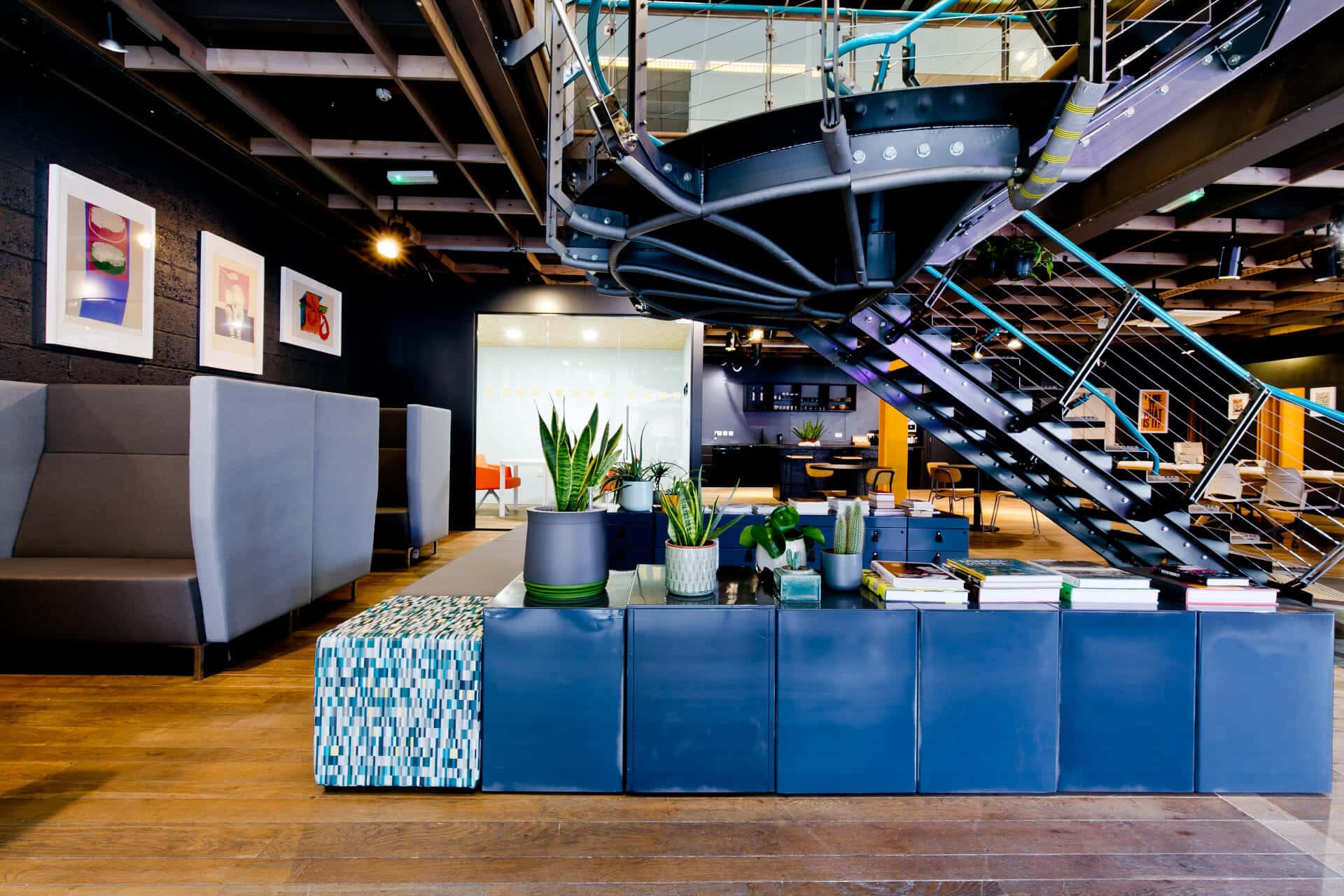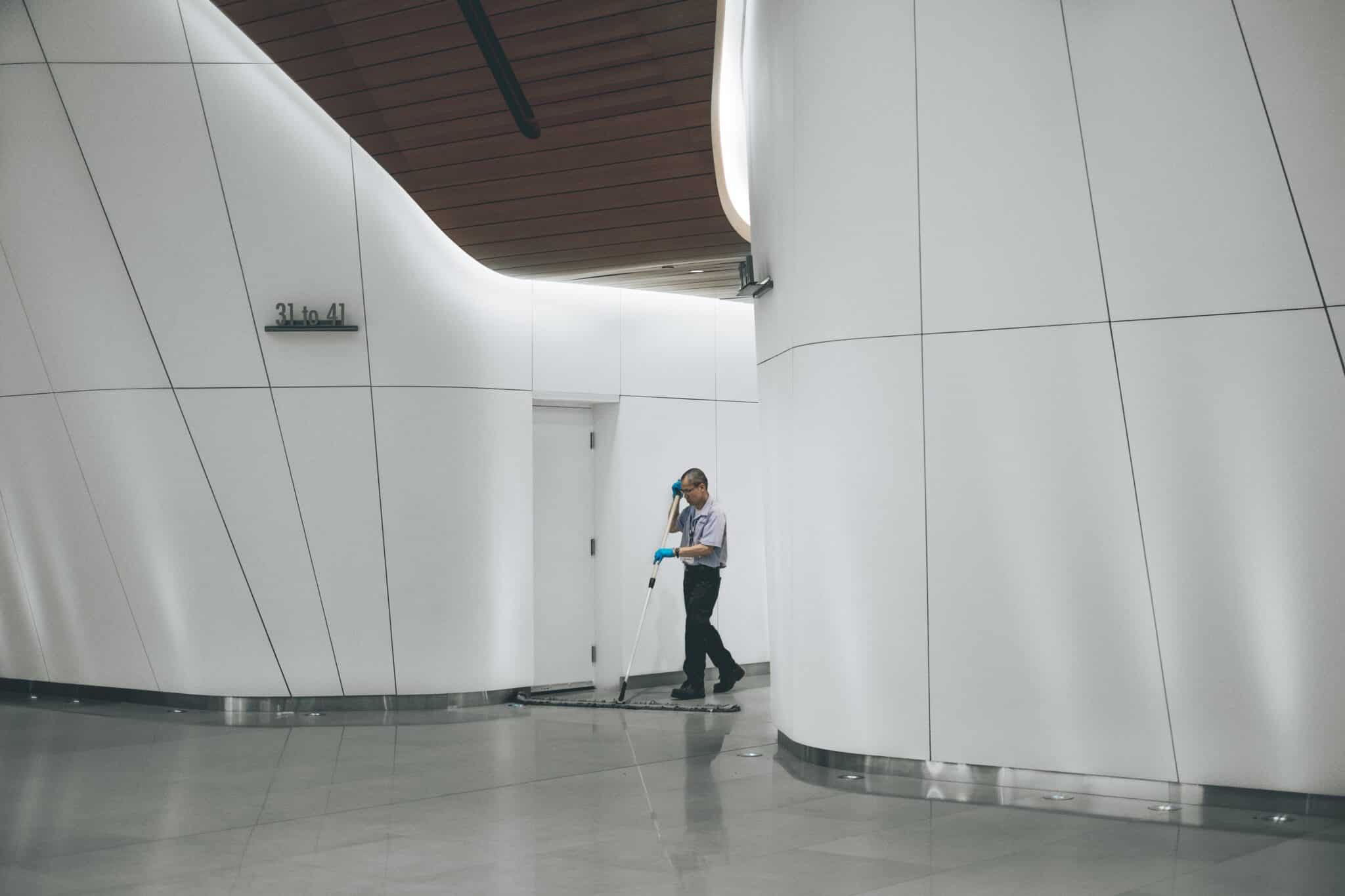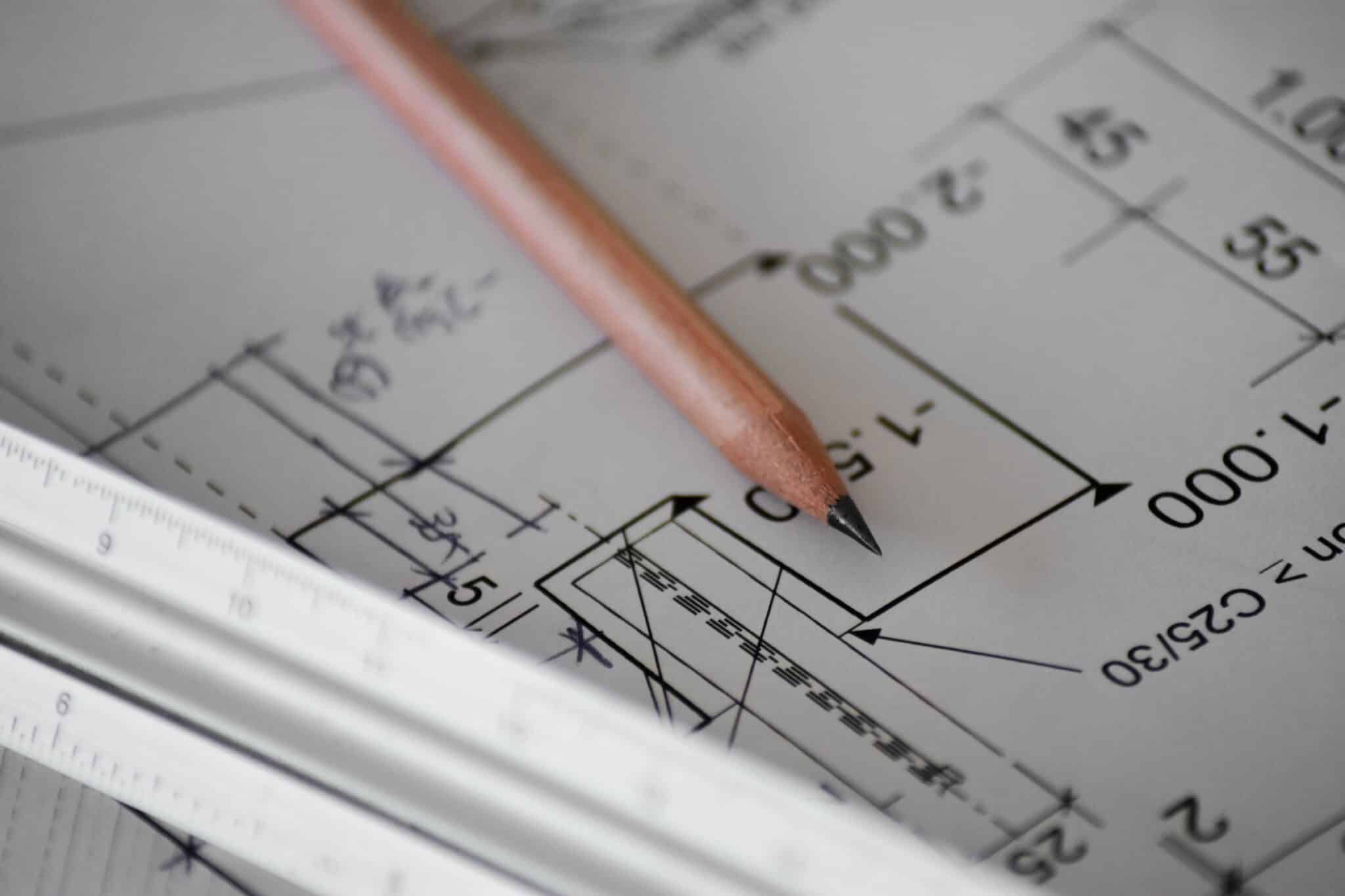Facility management teams can promote a healthier lifestyle in the office

Bryan Christiansen, Founder & CEO of Limble CMMS, explores how facility management teams can promote a healthier lifestyle in the office.
A properly maintained and operated workplace creates the first and lasting impressions for occupants and visitors alike. But, impressions aside, the condition of a building also affects its users’ lifestyle, safety, and comfort. Employees are aware of this too and are actively searching for workspaces that will give them the best options.
For example, based on the information gathered from a Fellowes Wellness Workplace Trend Report, this Forbes article says that 93% of workers in the tech industry are willing to stay longer if their employer offered them healthier workspace benefits such as company fitness benefits, sit-stands, and ergonomic seating.
Although most of Facilities management (FM) work happens in the background, the FM team routinely perform various tasks to spot potential problems on time. They are also trained to recommend continual improvements to all building systems. Thereby, they ensure that the buildings under their care remain functional with minimal impact on occupant safety and health.
In this post, we are looking at how facility management teams can promote a healthier lifestyle in the office.

Cleanliness and hygiene
Cleanliness and hygiene are vital in the workplace because they contribute to a healthy, happier, and more productive workforce. A hygienic workplace can indirectly reduce the frequency of illness-related work absences. All workplace environments should be hygienic and safe for employees and visitors to use. Every day, the facility management team is responsible for overseeing activities to provide a clean and hygienic workplace setting. They do this by focusing on the following areas:
Implementing a hygiene policy
They create and distribute a written hygiene policy to staff, informing them of the basic expectations for personal hygiene and the cleanliness of their immediate work environment. If they are expected to use certain equipment daily, e.g., hand sanitizers, that information is communicated as well. This sets a standard and helps to keep hygiene practices top of mind for all staff.
Provide clean bathrooms
A hygienic workplace should have clean bathrooms. Apart from keeping these areas clean, FMs also ensure that the restrooms are well stocked with soap, wipes, sanitizer, tissue, and so on. People are more inclined to use such items if they are available.
Kitchen
If there is a kitchen in the building, facility management will see to it that it is a hygienic place through regular cleaning and the maintenance of all assets and equipment in that area.
Water management
The availability of clean water plays a significant role in preventing infections and illnesses, especially in workplaces where it is expected that different people will use the same items. Facility management oversees the operation, maintenance, and upgrading of the water systems in a building. They also manage other water related equipment like boilers, ice machines, and industrial coffee machines. The entire process for water distribution is under their care.

Office layout
Office spacing and layout can have a direct impact on staff wellbeing, and ultimately, their productivity. Knowing this, facility management professionals use tools like space management solutions and other resources to provide suitable working spaces. The objective is to promote wellbeing by focusing on the following:
- Ensuring the office layout and furnishing allows for smooth movement
- Avoiding overcrowding
- Avoiding clutter and litter, thereby minimizing the risks of trips, falls, and other workplace hazards
Ergonomics
Maintaining any position for too long can negatively impact health. Maintaining a poor posture for long is even worse. According to EHS Today, ergonomic disorders are the fastest-growing category of work-related illness. Added to that, OSHA reports that work-related musculoskeletal disorders (MSDs) are among the most frequently reported causes of lost or restricted work time.
As part of their duties, facility managers recommend and procure ergonomic office furniture, equipment, and hand tools that will not put excessive musculoskeletal strain on users. Ergonomics in the workplace is receiving more attention than ever before as the effects of poor posture for long hours become increasingly problematic.

Managing the factors with direct impact on IEQ
Factors like heating, ventilation, and air conditioning (HVAC), lighting, and noise control, make up indoor environmental quality. If these factors are well-managed, they can positively affect the health of a building’s occupants.
Some of the maintenance activities that FM professionals oversee to maintain suitable IEQ include:
HVAC systems
HVAC systems in particular, require constant attention to prevent illnesses. This is especially important now given the ongoing challenges with covid-19 and people gradually returning to shared workplaces. Facility management routinely optimizes HVAC systems through these strategies:
- Ongoing monitoring and control of all air handling equipment.
- Temperature and humidity control to avoid extremes of hot or cold workspaces.
- Proactively detecting potential problems and responding quickly to complaints about faulty equipment.
- Introducing natural air where possible.
- Checking for leaking or damaged windows and doors. Poorly sealed doors and windows can allow mold-causing moisture and insects into the building.
Lighting
Well-planned lighting can help to reduce eye strain and blurred vision over time. Here are a few ways that FMs manage office lighting:
- Avoiding light fittings with excessive glare and using more subtle options instead.
- Incorporating natural lighting (e.g. skylights) as much as possible
- Relocating furniture and equipment that block sunlight and windows.
Noise
According to the better health channel, continuous exposure to noise levels that are higher than 85 decibels (the sound level of heavy traffic) can lead to hearing loss. Unfortunately, once hearing is damaged, it can’t be repaired.
In the office environment, facility management can help to reduce noise pollution in the following ways:
- Controlling worker’s exposure to noise generated within the building
- Providing protective gear and supervising its usage in areas where noise is unavoidable
In conclusion
Although most people would associate facility management with activities like servicing and maintenance of buildings and building equipment, it also plays a pivotal role in safeguarding the health of building occupants on a daily basis.
Because they are required to be constantly aware of their surroundings and to look out for ways to improve the working environment, FM professionals are uniquely positioned to do even more to improve the health, safety, and security of their buildings and its occupants.

Bryan Christiansen, Founder & CEO of Limble CMMS
Bryan Christiansen is the founder and CEO of Limble CMMS. Limble is a modern, easy to use mobile CMMS software that takes the stress and chaos out of maintenance by helping managers organize, automate, and streamline their maintenance operations.
Photos: Ewan Buck, Verne Ho, CoWomen, Sven Mieke



